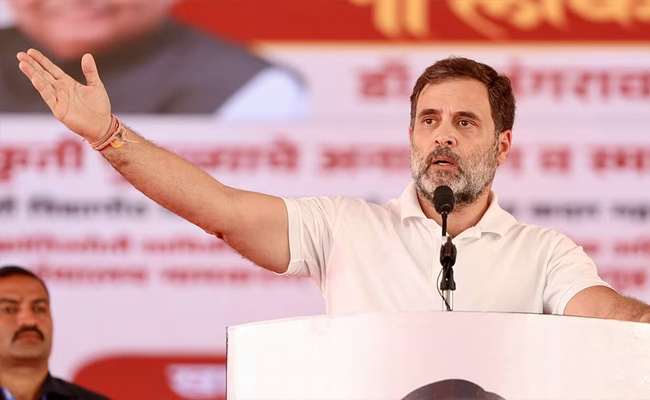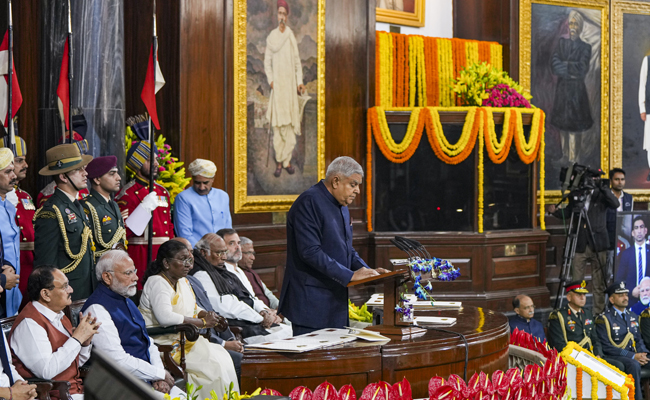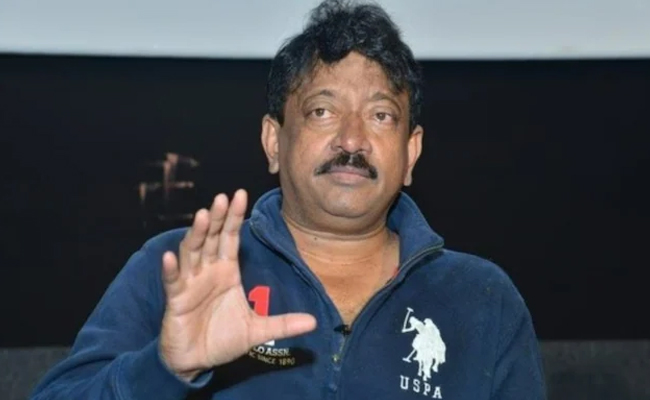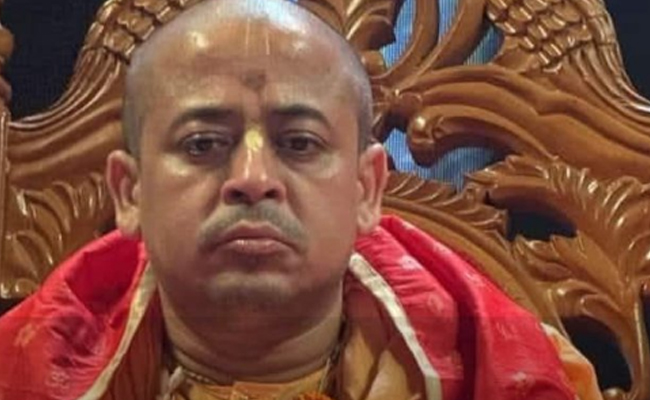New Delhi, Oct 13: After the death of two Agniveers in Nashik during training, Leader of Opposition Rahul Gandhi on Sunday demanded answers from Prime Minister Narendra Modi and Defence Minister Rajnath Singh on why the life of one soldier is more valuable than the other.
He asked why the families of the two soldiers, who died as 'Agniveers' would not get the same pension and benefits as other martyred soldiers and said that he would keep fighting against this "injustice".
"The death of two Agniveers - Gohil Vishwaraj Singh and Saifat Sheet - during training in Nashik is very tragic. My deepest condolences to their families.
"This incident once again raises serious questions on the Agniveer scheme, which the BJP government has failed to answer. Will the families of Gohil and Saifat receive timely compensation that is equivalent to the compensation for any other martyred soldier?" Gandhi asked in a post in Hindi on X.
"Why will the families of Agniveers not get the benefits of pension and other government facilities? When the responsibilities and sacrifices of both the soldiers are the same, then why this discrimination after their martyrdom?" he asked.
The Congress leader said the Agneepath scheme is an "injustice" to the army and an "insult "to the martyrdom of our brave soldiers.
"The prime minister and the defence minister should answer why the life of one soldier is more valuable than that of another soldier," Gandhi said.
"Let's stand together against this injustice. Join our 'Jai Jawan' movement today to remove the BJP government's 'Agniveer' scheme and secure the future of the country's youth and army," he said.
Agniveers Gohil and Saifat died during a field firing exercise in Maharashtra's Nashik district.
Several people paid their last respects to Agniveer Vishvarajsinh Gohil, whose mortal remains were received at his native Anchvad village in Gujarat's Rajkot district.
नासिक में ट्रेनिंग के दौरान दो अग्निवीर - गोहिल विश्वराजसिंह और सैफत शित - का निधन एक दर्दनाक घटना है। उनके परिवारों के प्रति मेरी गहरी संवेदनाएं हैं।
— Rahul Gandhi (@RahulGandhi) October 13, 2024
यह घटना एक बार फिर अग्निवीर योजना पर गंभीर सवाल उठाती है, जिनका जवाब देने में BJP सरकार असफल रही है।
- क्या गोहिल और सैफत के…
Let the Truth be known. If you read VB and like VB, please be a VB Supporter and Help us deliver the Truth to one and all.
New Delhi (PTI): Leader of Opposition in the Lok Sabha Rahul Gandhi on Tuesday alleged that Prime Minister Narendra Modi and the RSS were strengthening the wall standing in the path of Dalits, Adivasis and OBCs, even as he acknowledged that the UPA took steps to weaken that wall but not to the extent it should have.
Addressing the 'Samvidhan Rakshak Abhiyaan', Gandhi also referred to the function held on Constitution Day in Parliament and said that it is his guarantee, that "Modi has not read" the Constitution.
"If PM Modi would have read this book then what he does daily, he would not do it," Gandhi said, displaying a copy of the Constitution of India.
Gandhi said the country's whole system is pitted against Dalits, Adivasis and backward class people.
He said a wall obstructs the path of Dalits, Adivasis and OBCs and Modi and the RSS are strengthening that wall by "adding cement to it".
"Slowly the wall (obstructing the path of SCs, STs, OBCs) is getting strengthened. Earlier, the UPA government gave MGNREGA, the land acquisition act, the right to food...those were ways to weaken that wall. Today, when I look back, I can say the UPA government did not weaken the wall to the extent it should have, it did not do it as strongly as it should have," Gandhi said.
"However, we used to make efforts to weaken that wall but they (the BJP) are strengthening that wall by adding concrete," the former Congress president said.
Gandhi said a caste survey being carried out in Telangana is a historic step and the Congress will do the same wherever it comes to power.





